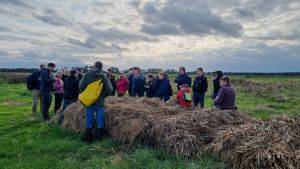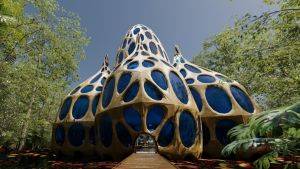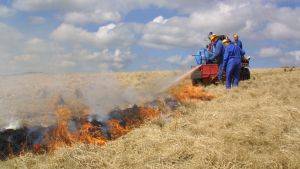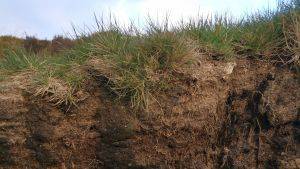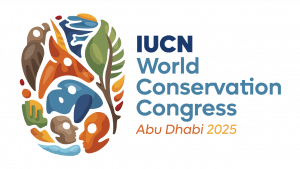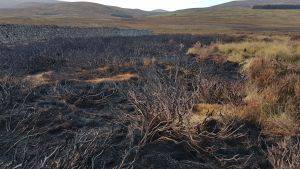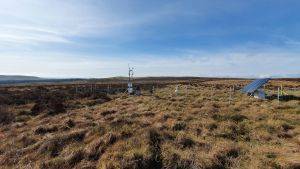Peatlands have been described as a Cinderella habitat, undervalued and ill treated, but now their important role in helping tackle climate change is being is being recognised.
New information from the IUCN UK Peatland Programme shows that over 3 billion tonnes of carbon are stored in Scotland's peatlands. But huge areas of bog have been drained in the past and carbon that was locked in the peat for thousands of years is rapidly being released to the atmosphere.
Restoring peatlands and allowing the natural peat forming vegetation to recover has been shown to be an effective way of reversing the carbon loss. Even taking account of methane, a potent greenhouse gas released by some peatlands, there are huge overall climate change benefits.
Clifton Bain Director of the Peatlands Programme said:
"Restoring damaged peatlands could save over 2.4 million tonnes of carbon dioxide a year which is a greater saving than all the planned reductions in transport emissions to meet Scotland's Climate Change targets.
“Proposed international rules on carbon accounting will allow Scotland to get full credit for its peatland restoration work, including the massive conservation efforts in the Flow Country of Caithness and Sutherland, one of the world’s largest blanket bogs.
“Bringing these peatlands back to life offers a carbon saving bonanza as well as providing habitat for some of our most threatened wildlife. The sooner we start repairing our peatlands the easier and less expensive it will be; its time to get Cinderella out of the kitchen and ready for the Grand Ball.”

